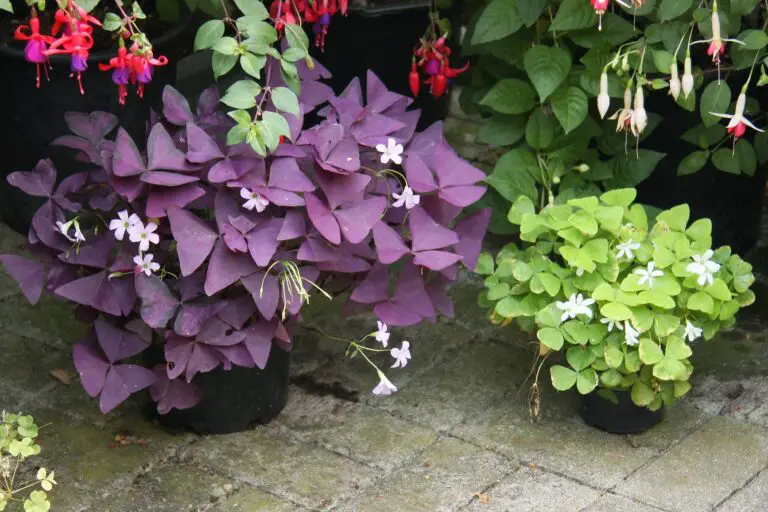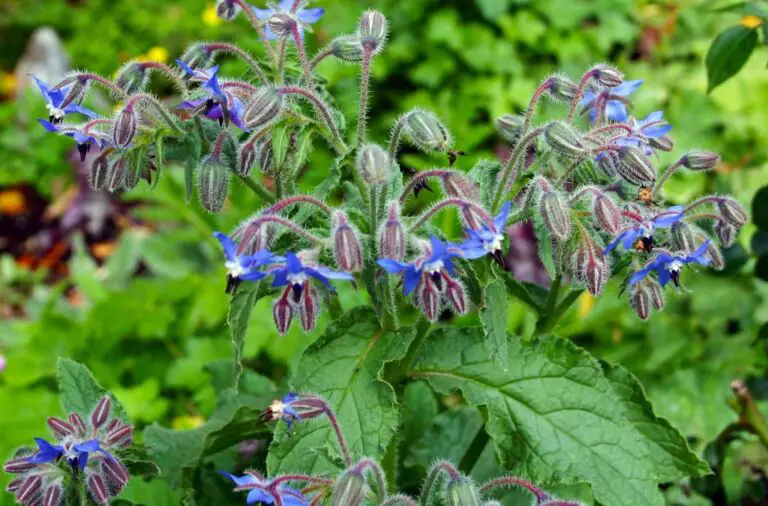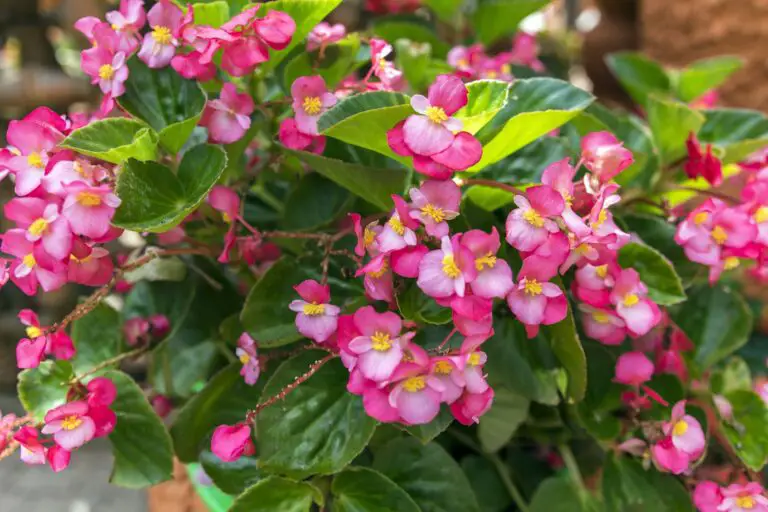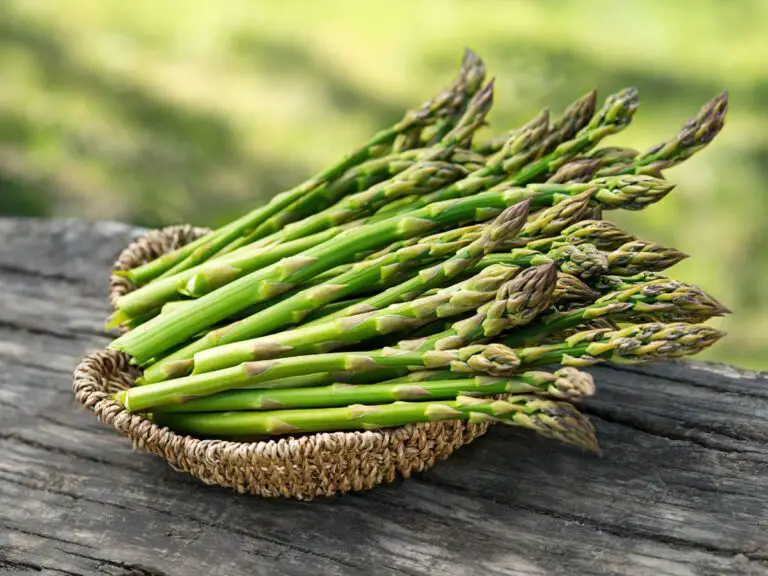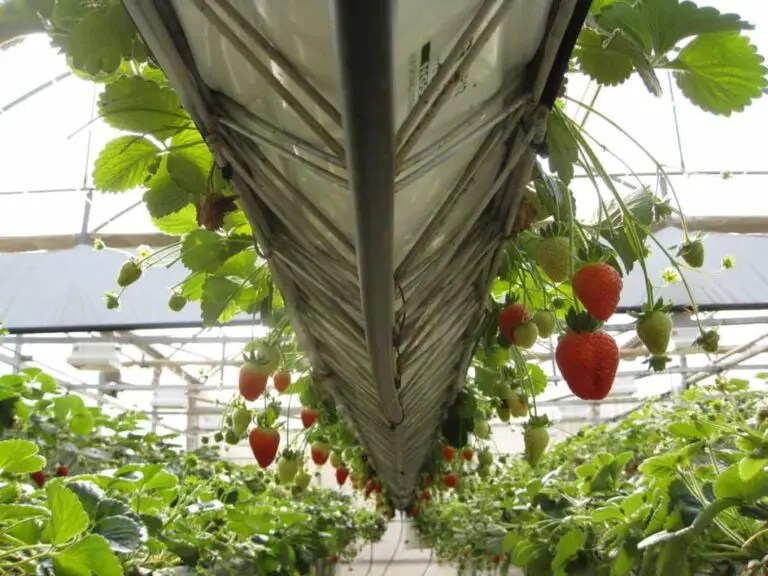Lithops: Growing Unusual Living Stone Plants
Table of Contents
Enhancing the Aesthetic Appeal of Your Lithops: Creative Display and Arrangement Ideas
When it comes to enhancing the aesthetic appeal of your Lithops, creative display and arrangement ideas can make a significant difference in showcasing their unique beauty. These fascinating succulents, also known as living stones, have gained popularity among gardening enthusiasts for their captivating mimicry of stones in their natural habitat. By exploring various display and arrangement options, you can truly highlight the distinctive characteristics of your Lithops and create eye-catching focal points in your garden or home.

One creative idea for showcasing your Lithops is to create a miniature rock garden. This involves selecting an appropriate container, such as a shallow tray or a wide pot with a well-draining soil mix, and arranging your Lithops among small pebbles or gravel. The contrasting textures and colors of the stones will provide a visually appealing backdrop for the living stones, emphasizing their stone-like appearance. Additionally, you can experiment with different shapes, sizes, and colors of stones to create a dynamic and visually interesting composition.
Another creative way to display your Lithops is by arranging them in a terrarium. Terrariums not only provide a controlled environment for these desert-dwelling succulents but also offer a visually stunning display. Choose a clear glass container with a lid to ensure proper air circulation and sunlight penetration. Layer the bottom with a combination of well-draining soil and gravel or sand, and carefully place your Lithops on top. You can further enhance the visual appeal by incorporating decorative elements like moss, small rocks, or driftwood. The enclosed space of the terrarium will create a unique microclimatic environment that can help maintain the optimum conditions for your Lithops while allowing you to enjoy their beauty up close.
Exploring these creative display and arrangement ideas for your Lithops can bring a new dimension to your gardening experience. By carefully considering the visual elements and experimenting with different compositions, you can create captivating displays that not only enhance the aesthetic appeal of your Lithops but also elevate the overall ambiance of your garden or living space. So, let your imagination run wild and let the beauty of these living stones shine.

Pairing Lithops with Other Succulents: Creating Beautiful Combinations
Pairing Lithops with other succulents is a great way to create beautiful combinations in your garden or indoor plant collection. These fascinating little plants, also known as “living stones,” have a unique appearance that can be enhanced when paired with complementary succulents. By carefully selecting the right combinations, you can create stunning displays that are visually appealing and intriguing to the eye.
When choosing succulents to pair with Lithops, it’s important to consider their growth habits, colors, and textures. Opt for plants that have a similar size and growth rate, as this will help create a harmonious arrangement. Additionally, look for succulents with contrasting colors and textures to add visual interest and create a dynamic composition.
For example, you might pair Lithops with Echeveria species, which have rosette-shaped leaves in a range of vibrant colors. The compact size and slow growth of Echeveria make them an ideal companion for Lithops, and their contrasting leaf shapes and colors can create a striking visual contrast. Another excellent choice is Sedum dasyphyllum, commonly known as “Corsican stonecrop,” with its delicate, powdery blue-green leaves. The velvety texture of Sedum dasyphyllum pairs beautifully with the smooth, pebble-like appearance of Lithops, creating an appealing juxtaposition.

In conclusion, pairing Lithops with other succulents allows you to explore creative combinations that enhance the aesthetic appeal of your plant display. By considering factors such as growth habits, colors, and textures, you can create visually stunning arrangements that captivate the eye. Whether you choose to pair them with rosette-shaped Echeverias or the velvety blue-green leaves of Sedum dasyphyllum, the possibilities are endless. Stay tuned for the next section where we will explore more exciting combinations to inspire your gardening endeavors.
• Pairing Lithops with other succulents can create beautiful combinations in your garden or indoor plant collection.
• Consider the growth habits, colors, and textures of the succulents when choosing companions for Lithops.
• Opt for plants that have a similar size and growth rate to create a harmonious arrangement.
• Look for succulents with contrasting colors and textures to add visual interest and create a dynamic composition.
• Echeveria species are an excellent choice to pair with Lithops due to their rosette-shaped leaves in vibrant colors.
• Sedum dasyphyllum, also known as “Corsican stonecrop,” pairs beautifully with Lithops due to its delicate blue-green leaves and velvety texture.
Lithops, also known as “living stones,” are unique and fascinating succulents that can add a touch of natural beauty to any space. However, simply displaying them in a regular pot might not do justice to their aesthetic appeal. To truly enhance the visual impact of your lithops, consider thinking outside the box and getting creative with your display and arrangement ideas.
One creative idea is to create a miniature desert landscape using a shallow tray or dish. Arrange your lithops along with small pebbles, rocks, and tiny desert plants to create a visually striking and realistic desert scene. This creative display not only showcases the lithops themselves but also adds an element of artistry and storytelling to your indoor or outdoor garden.
Pairing Lithops with other succulents can create beautiful and visually interesting combinations. Here are some benefits of doing so:
| Benefit | Explanation |
| 1. Aesthetic Appeal | Lithops, with their stone-like appearance, add a unique texture and visual interest to succulent arrangements. When planted alongside other succulents, they create a captivating contrast. |
| 2. Slow Growth | Succulents planted closely together tend to grow more slowly. This helps maintain the original layout of the arrangement over time. Lithops’ slow growth complements other succulents, preventing overcrowding and allowing each plant to shine. |
| 3. Watering Considerations | Lithops have radically different watering requirements compared to most other succulents. Planting them alone or with other Lithops ensures that you can tailor your watering schedule specifically for their needs. Avoid pairing them with plants that have varying water needs to prevent overwatering or underwatering. |
| 4. Distinctive Look | Elevate your Lithops by planting them slightly above the soil level. Fill the remaining space in the container with colorful stones of varying sizes and shapes. This mimics their natural environment while highlighting their excellent natural concealment. The result is a distinctly Lithops aesthetic. |
| 5. Seasonal Cycles | Lithops have clearly defined seasonal cycles, but individual plants may be in different stages depending on their past. Be cautious when treating all your Lithops the same, especially if you receive them from various sources. Observe each plant closely to ensure their care aligns with their specific cycle. Over time, they should synchronize their growth patterns. |
| 6. Soil and Light Requirements | Plant Lithops in well-draining soil, such as cactus mix or potting soil with added sand. Ensure the potting medium dries before watering. Place the plant in a southern-facing window for optimal light exposure. |
| 7. Propagation Options | To expand your Lithops collection, propagate them through division or seeds. Seed-grown plants take longer to establish but can resemble their parent plants after several years. Seeds and seedlings are available from succulent nurseries and online. Even large- scale nurseries often stcon nature Lithops plants. |
| 8. Fertilization | Lithops typically don’t require frequent fertilization. However, feeding them a small amount of cactus fertilizer high in potassium and low in nitrogen before their typical flowering period can promote blooming. Avoid direct application on the leaves to prevent damage. |
Another approach to enhancing the aesthetic appeal of your lithops is by incorporating them into beautiful combinations with other succulents. Pairing lithops with different textures, colors, and shapes of succulents can create visually stunning arrangements that are sure to catch the eye. Consider combining lithops with plants such as Echeveria, Haworthia, or Aloe vera to create an interesting contrast in size and form. These combinations not only add visual interest but also allow you to create dynamic compositions that showcase the unique characteristics of each succulent.
To Know More About Growing Lithops, Watch This Video.
How often should I water my Lithops?
Lithops should be watered sparingly, as they are adapted to survive in arid conditions. It is recommended to water them only when the soil is completely dry, typically every 2-4 weeks depending on the climate.
Can I keep my Lithops indoors?
Yes, Lithops can be kept indoors as long as they receive sufficient sunlight. They require at least 4-6 hours of direct sunlight each day, so placing them near a south-facing window or under grow lights can help them thrive.
How do I propagate Lithops?
Lithops can be propagated through division or seed sowing. To divide them, gently separate the offshoots from the parent plant and allow the wounds to callus for a few days before planting them in well-draining soil. Alternatively, you can collect the ripe seeds and sow them in a sandy soil mix, keeping them moist until they germinate.
Do Lithops require any special care during winter?
During winter, Lithops enter a period of dormancy where they require less water and sunlight. It is crucial to reduce watering and move them to a cooler location with temperatures around 50-60°F (10-15°C) to mimic their natural habitat. However, make sure they still receive enough light during this period.
Are Lithops prone to any pests or diseases?
While Lithops are generally resistant to pests and diseases, they can occasionally be affected by mealybugs or fungal issues. Inspect your plants regularly for any signs of infestation or rotting. If necessary, treat them with appropriate insecticides or fungicides, following the instructions on the product label.
Can I use regular potting soil for my Lithops?
No, regular potting soil is not suitable for Lithops as it retains too much moisture, which can cause their roots to rot. It is recommended to use a well-draining soil mix specifically designed for succulents or cacti, or you can create your own mix by combining coarse sand, perlite, and peat moss.
How long do Lithops live?
With proper care, Lithops can live for several decades. Some species have been known to survive for over 50 years. However, their lifespan can vary depending on various factors such as growing conditions, genetics, and the care provided.
Can I fertilize my Lithops?
Lithops are adapted to nutrient-poor soils, so they do not require frequent fertilization. In fact, excessive fertilization can harm the plants. It is best to avoid fertilizers or use a diluted, balanced fertilizer sparingly during the active growing season, typically in spring and summer.


